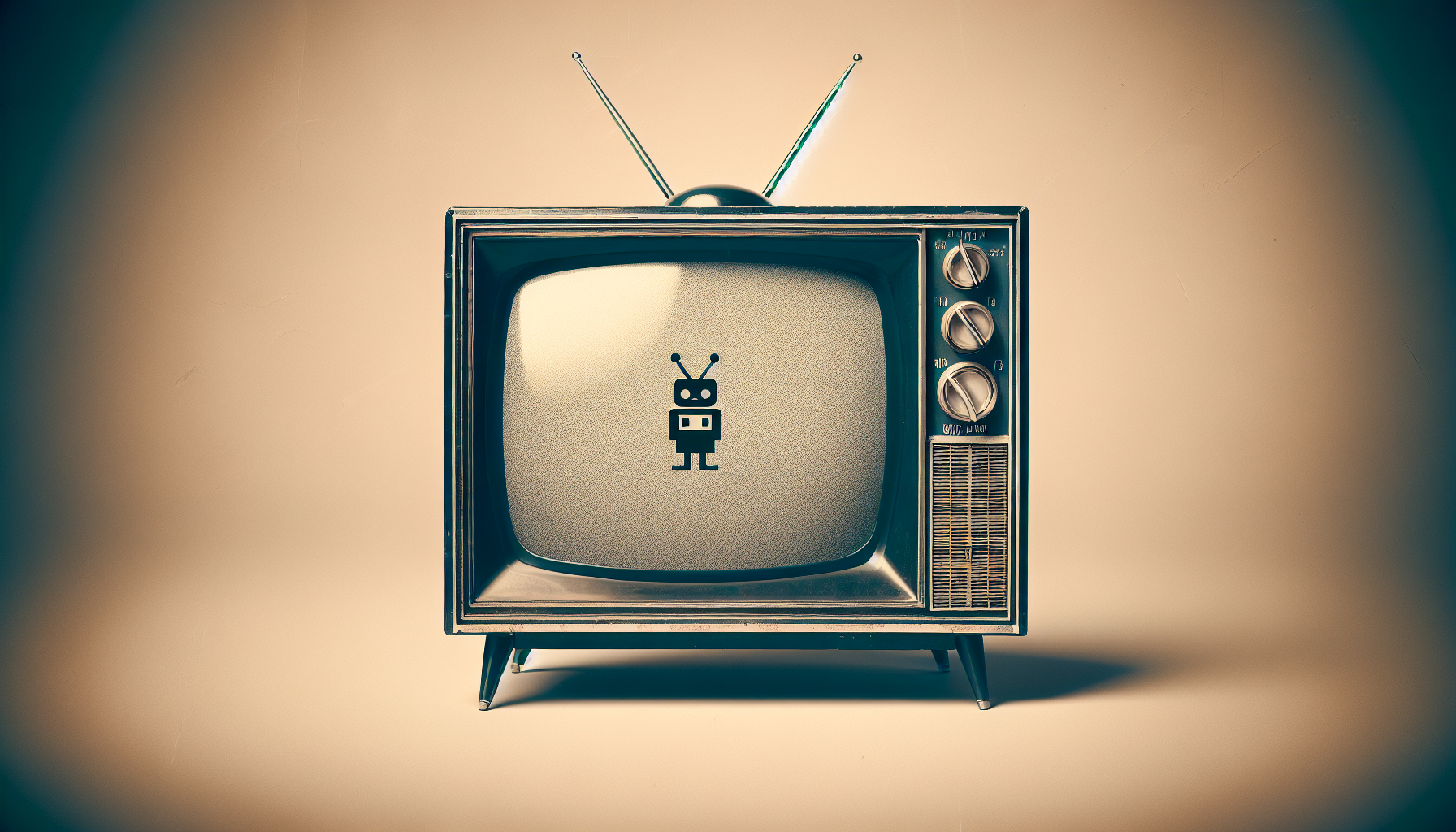The internet has a way of keeping things alive. Old photos, embarrassing tweets, jokes from a decade ago—all are preserved, floating in the cloud. In recent years, this digital reservoir has been tapped in a new and strange way: by using artificial intelligence to imitate the voices, faces, and even personalities of people who have died. Celebrities can be made to “audition” for new movies. Lost loved ones can send us birthday messages. The question arises: should AI be allowed to imitate the dead?
Remembering or Resurrecting?
Humans have always wanted to keep part of the past with them. We paint portraits, make recordings, and write biographies. AI takes this up a notch. With enough data—a few hours of someone’s voice, for instance—modern AI can create uncanny imitations. Suddenly, instead of a crackly home video, you can have a near-perfect digital version of your grandfather reading bedtime stories or telling you where he hid his old fishing rod.
Is this remembering, or something more like resurrecting? We aren’t just looking at memories. We’re interacting with simulations that can answer new questions, spin out new jokes, even apologize for things the real person never got to in life. It feels both magical and, if you tilt your head a certain way, a bit ghoulish.
The Illusion of Presence
There’s a fundamental trick happening here. The AI doesn’t actually “become” or even “remember” the person it imitates. It predicts what that person might say, based on patterns in their past words. The illusion is convincing enough that you might forget there’s no consciousness behind the curtain.
That illusion can comfort, but it can also mislead. Imagine receiving advice from a digital version of your late mother. If the AI tells you something wise, you might feel her guidance lives on. But if the AI makes a mistake—quotes the wrong recipe, gives advice she would have never given—whose responsibility is that? More unnervingly, does it matter to us, emotionally, that the advice isn’t truly “from her”?
Consent and the Right to Disappear
Maybe the biggest ethical question is about consent. Just because we can recreate a convincing digital copy, does that mean we should? If someone died before such technology existed, they probably never considered how they’d feel about being “brought back” by code and clicks. Would Shakespeare want to field interview questions about TikTok? Would your old uncle appreciate showing up in your group chat, endlessly witty for eternity?
There’s also the issue of digital legacy. Some people might treasure the chance at a virtual afterlife, but others might value the right to fade away, to have their quirks, mistakes, and secrets buried with them. The internet isn’t good at letting things go. AI deepfakes and simulations only make it harder to disappear.
Mourning in the Machine Age
Grief is a difficult path, full of twists and false starts. Part of what gives loss meaning is its irreversibility. To mourn is, in some way, to accept that a chapter is finished. What happens when technology keeps the chapter propped open? Some find comfort, others find it an obstacle to moving on.
Psychologists warn that blurring the line between memory and ongoing interaction might complicate grief. Chatting with a digital replica could become a crutch, making it hard to build new relationships or accept the reality of loss. Of course, some people might argue that a gentle voice is better than silence, even if it’s synthetic.
Fame, Profit, and the Celebrity Afterlife
It’s not just about personal memories, either. Hollywood has already begun experimenting with “resurrected” stars—actors inserted into films via AI decades after their deaths. Musicians perform as holograms. Writers “collaborate” on new works via chatbots trained on their old notes.
This raises questions of profit and power. Who gets to decide how a digital double is used? Is it fair for companies to make money from someone who can’t object? And what about manipulation—could a public figure, brought back by AI, be made to say things that would have horrified them in life? (One shudders at the thought of Abraham Lincoln pitching soda on a Super Bowl commercial.)
Drawing Lines in Digital Sand
All this isn’t to say that AI should never imitate the dead. There are moments when it brings comfort or insight. A recreated voice might help someone with dementia recall happier days. Language tools can preserve endangered dialects and rediscover lost literature.
But maybe, like most powerful tools, the answer depends on how—and why—we use them. Consent, respect, and clarity should be the guiding stars. If someone wanted to live on virtually, we should honor that wish. If not, we’d do better to let their memory rest.
Meanwhile, in the face of all this technical wizardry, perhaps we should try to do what humans have always done best: cherish memories, gather with friends, and tell stories, imperfect as they are. In the end, no AI can fully capture the mystery and messiness of real life. Not even with the best algorithms. (Though, given enough data, they’ll surely try.)
The Final Logoff
As AI edges further into the realm of the dead, it offers us a mirror to our own hopes and fears—a digital funhouse where memory, loss, and identity get tangled together. Should we allow these imitations? Maybe. But only if we remember that what lives on in machines is not a person, only a performance. If nothing else, let’s make sure our digital selves don’t get stuck telling the same old jokes, over and over, with no one left to groan at the punchline.
After all, even in the digital hereafter, everyone deserves a little peace and quiet.

Leave a Reply